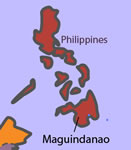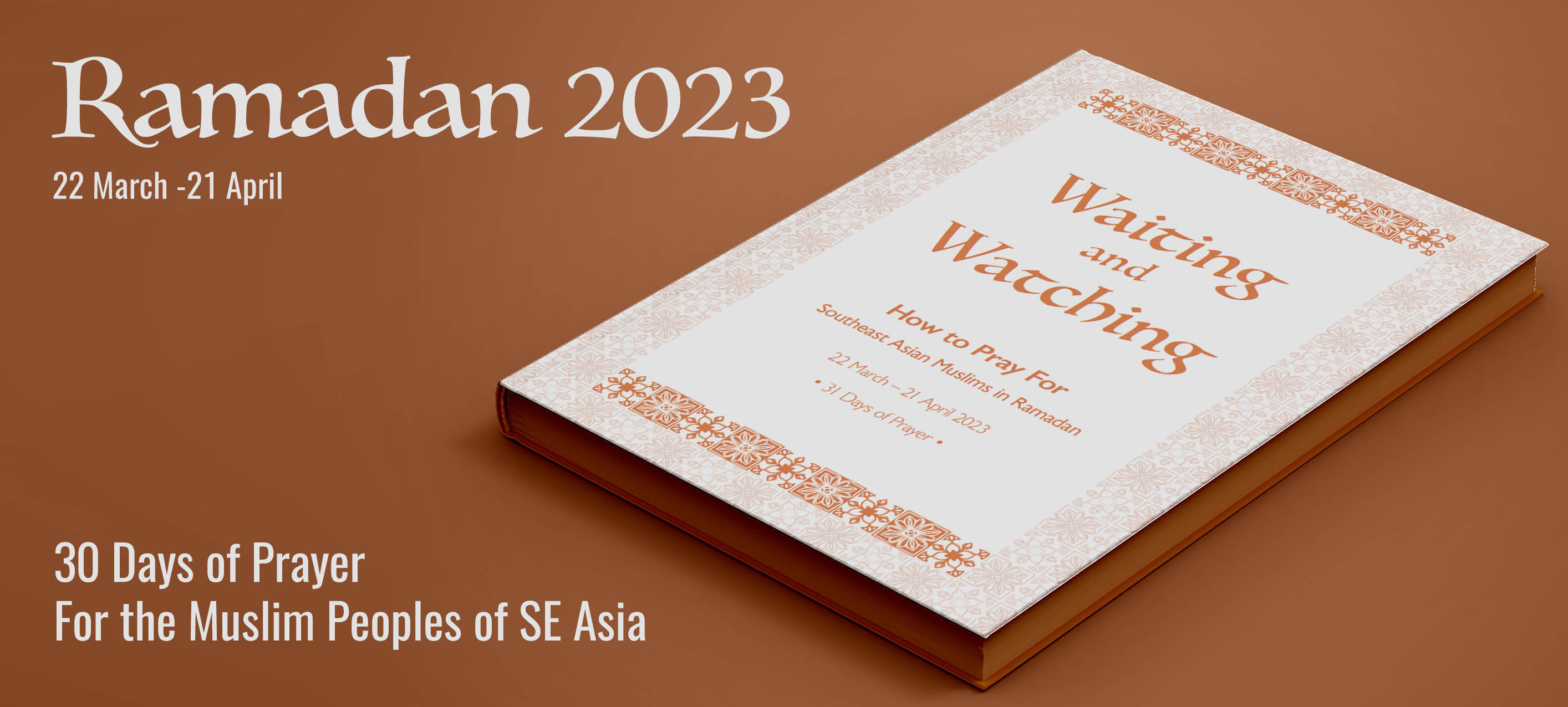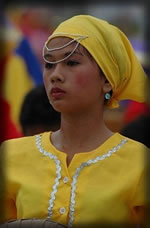Who are the Maguindanao of the Philippines?
 The Maguindanao are one of many groups of "lowland" Filipinos who migrated to the islands from southwest Asia several thousand years ago. Today, they live primarily on the island of Mindanao, which is located in the Southern Philippines. The name Maguindanao, meaning "people of the flood plain," was given to both the people and the island on which they live.
The Maguindanao are one of many groups of "lowland" Filipinos who migrated to the islands from southwest Asia several thousand years ago. Today, they live primarily on the island of Mindanao, which is located in the Southern Philippines. The name Maguindanao, meaning "people of the flood plain," was given to both the people and the island on which they live.
History
Around AD 1300, Muslim traders and missionaries began to arrive in the Philippines. The Maguindanao, according to legend, were converted to Islam by a Muslim prince from Johor on the Malay Peninsula. The legend has it that the prince arrived by boat with a small group of Samal warriors, but won his converts peaceably by a combination of his wisdom, the appeal of his message, and his supernatural powers. He married a local girl, who, the story says, was born miraculously from a stalk of bamboo. Their descendants became the ruling families among the Maguindanao.
Culture
Maguindanao culture has been shaped by Islam and this is the primary element in their identity as a distinct people. Among Filipino Muslims, they are well-known for their Islamic zeal. They pride themselves on the fact that since colonial times they have been an unconquered people.
Livelihood
The Maguindanao are mainly farmers and fishermen, but the business class is growing. Those of highest rank in the society tend to be removed from manual labor. Among the rest, the men do the plowing, tilling, and other heavy farm work, while the women and children tend to the household duties. They grow a variety of crops, trap fish, and obtain wild foods from the marshes. Wet rice is grown in the lowlands, and dry rice and corn are farmed in the upland areas.
Prayer Points
- Pray that the few Maguindanao followers of Jesus will be united and faithful witnesses among their people group.
- Pray that other followers of Jesus who live near the Maguindanao would find opportunities to share the Good News not only through words, but also through practical service.
- Pray for those who are disillusioned with religious practices, that in Jesus they would find new hope.
- Pray for the ongoing work to translate the Bible and other literature in the Maguindanao language.
Learn more about the Maguindanao
(External links)

